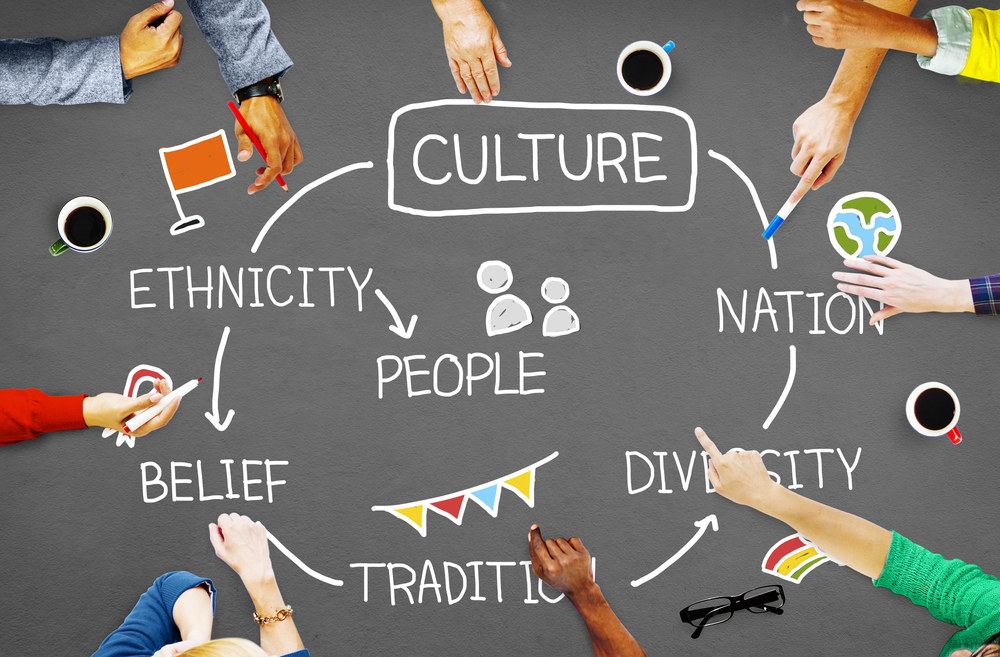From 2010-2020, the buying power of Hispanic Americans grew by 87%, compared to 51% for non-Hispanic consumers. It’s no secret that Spanish speakers represent a powerful customer segment in the United States.
In fact, with more than 13 percent of the population identifying Spanish as their primary language, the U.S. has the second-highest population of Spanish speakers in the entire world, trailing only Mexico.
While US businesses have been adjusting to the continued rise of this powerful segment, research suggests that most brands still have a long way to go. According to advertising agency H Code, 78 percent of Hispanic Americans “don’t think brands prioritize them enough and believe it’s time they recognize the power of the Hispanic community.”
Virtually every reputable U.S. brand offers customer service and support in Spanish. That’s a great start when you consider that 71% of customer service leaders report dramatically improved CSAT scores when interacting in the customer’s native language.
However, even with the vast availability of Spanish language customer support, the majority of the Hispanic-American community still report feeling underserved and undervalued.
Why? The same H Code study provides a critical clue:
- “75 percent of Hispanics say they are more likely to think favorably of a brand or purchase their products if they make an effort to include elements of their culture.”
The keyword here is culture. Simply having Spanish-speaking agents is no longer enough. Cultural barriers are a major hurdle to overcome when outsourcing to traditional offshore locations such as India or the Philippines. Even if an agent is fluent in Spanish, there is often a cultural disconnect that can lead to confusion or frustration.
Servicing Solutions has a successful nearshore location in Tijuana, Mexico, and we attribute much of this success to the ability to culturally align with customers. With 62% of Hispanic Americans hailing from Mexico (and the majority of the rest from Central or South America), we are able to engage with our clients’ customers in a meaningful, genuine, and familiar way. This leads to dramatically increased satisfaction scores and the likelihood that a customer will remain brand loyal.
With a far younger median age than any other U.S. consumer segment, along with projections that the Hispanic population will grow to 74 million by 2030, it’s clear that developing a customer experience that goes beyond language to meaningfully includes culture will be even more of a necessity in years to come.
It’s also worth noting that a true nearshore location has similar benefits for supporting American customers. Nearshore agents, especially in locations near the US border like our Tijuana facility, are fully immersed in American culture and colloquialisms. Brands can benefit from reduced labor costs without negatively affecting customer satisfaction.
As the U.S. continues to diversify, companies that remember consumers crave a sense of belonging will win in the long run. By being intentional about delivering a customer experience that keeps culture in mind from start to finish, you’ll provide just that.
Ready to “Invest In Real Experience” to develop a culturally aligned customer experience for all? Drop us a line at sales@servicingsolutions.com


